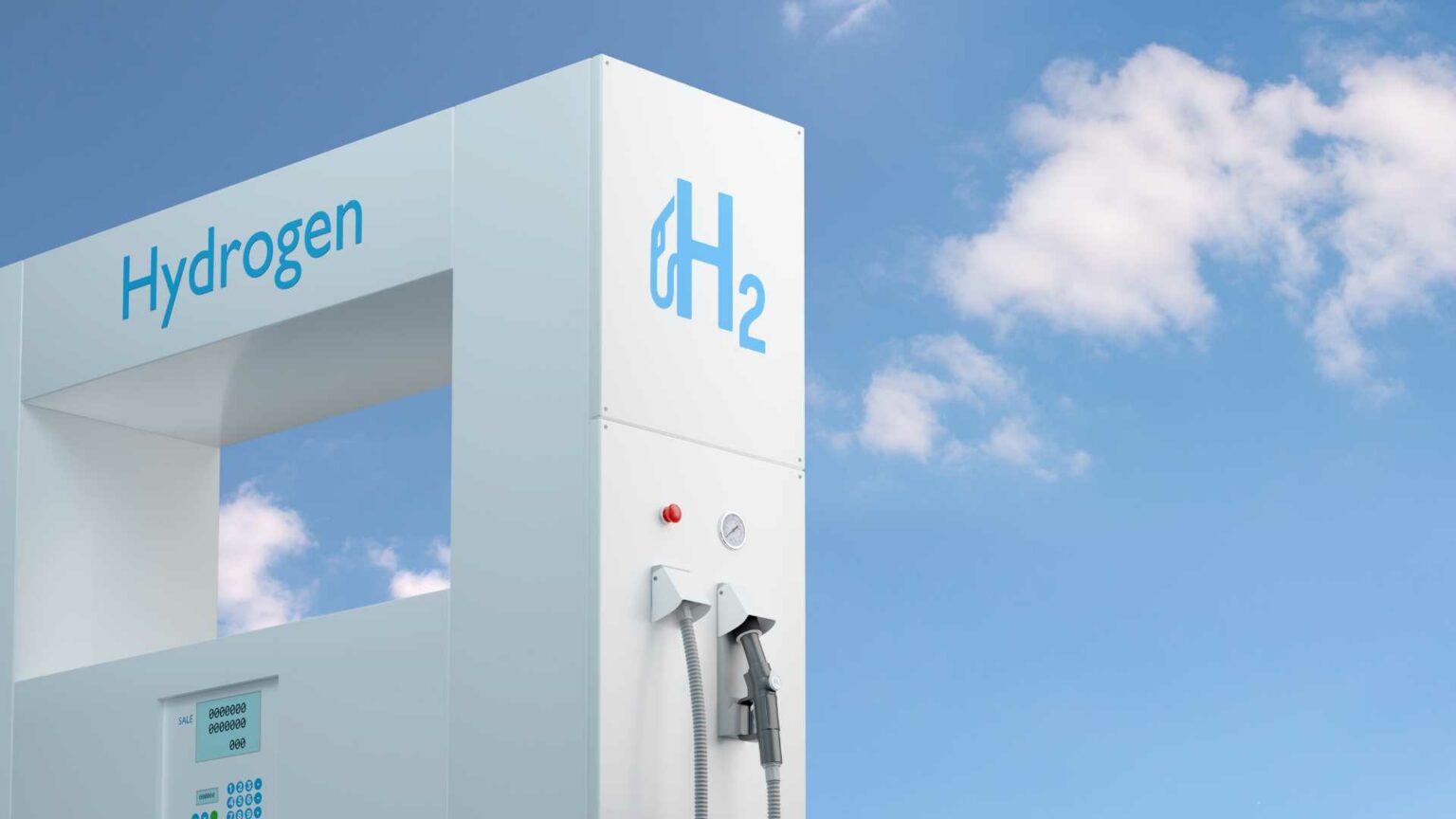Recent research in the International Journal of Hydrogen Energy presents a detailed analysis of simulated hydrogen leakage scenarios at vehicle hydrogenation stations, providing valuable insights into safety engineering.
Statistically, hydrogen’s diffusion characteristics, combined with its low ignition energy, account for an increased risk of accidental ignition. The behaviors observed in these simulations suggest that critical environmental factors such as wind speed and direction can significantly alter the diffusion height and spread of flammable hydrogen clouds. Notably, increased wind speeds notably decrease maximum diffusion height from 8.22 meters at 3 m/s to 4.99 meters at 10 m/s, while an opposing wind direction yields increased heights, reinforcing the inherently volatile nature of hydrogen.
A pattern interruption arises with the overlooked variable of detector placement. Simulation data underscores the efficacy of strategic positioning of hydrogen detectors at various heights: 1.5 meters, 3 meters, and 5 meters. Real-time measurements at these heights offer early detection and hence, more effective mitigation efforts. By capturing LFL (Lower Flammable Limit) concentrations rapidly—especially at 3 meters—these strategically placed detectors form a crucial defense against potential explosions.
Extensive case reviews, such as those by Gao et al. and Zhang et al., illustrate that without meticulous management of parameters such as filling pressure and cooling during filling, hydrogen stations face quantifiable risks that could derail the development of hydrogen-fueled energy infrastructures. Gao’s framework, focusing on separation distances exceeding 300 meters under severe conditions, invites deeper investigation into preventative perimeter strategies.
The Bow-tie model analysis employed in the study lends another layer of evaluative rigor, offering aggregative data on safety barriers—22 preventive and 27 mitigative strategies. By addressing gaps left by prior research, this model provides a systematic approach to risk management in vehicle hydrogenation stations.
This data-backed examination calls for an industry shift toward meticulous testing environments that closely mimic real-world conditions. The remarkable findings of wind and flow dynamics on hydrogen dispersion and accumulation must incentivize a re-evaluation of existing safety protocols. Furthermore, these insights demand a closer look at detector technologies and their integration within safety systems to potentially forestall hydrogen-related accidents.
Ultimately, the increasing relevance of hydrogen energy—positioned against a backdrop of unpredictable climate patterns—necessitates a comprehensive rethinking of safety protocols grounded in empirical research. Continued studies in the field, leveraging sophisticated simulation tools and real-world case analyses, will be crucial in the relentless pursuit of safe, clean energy solutions.
